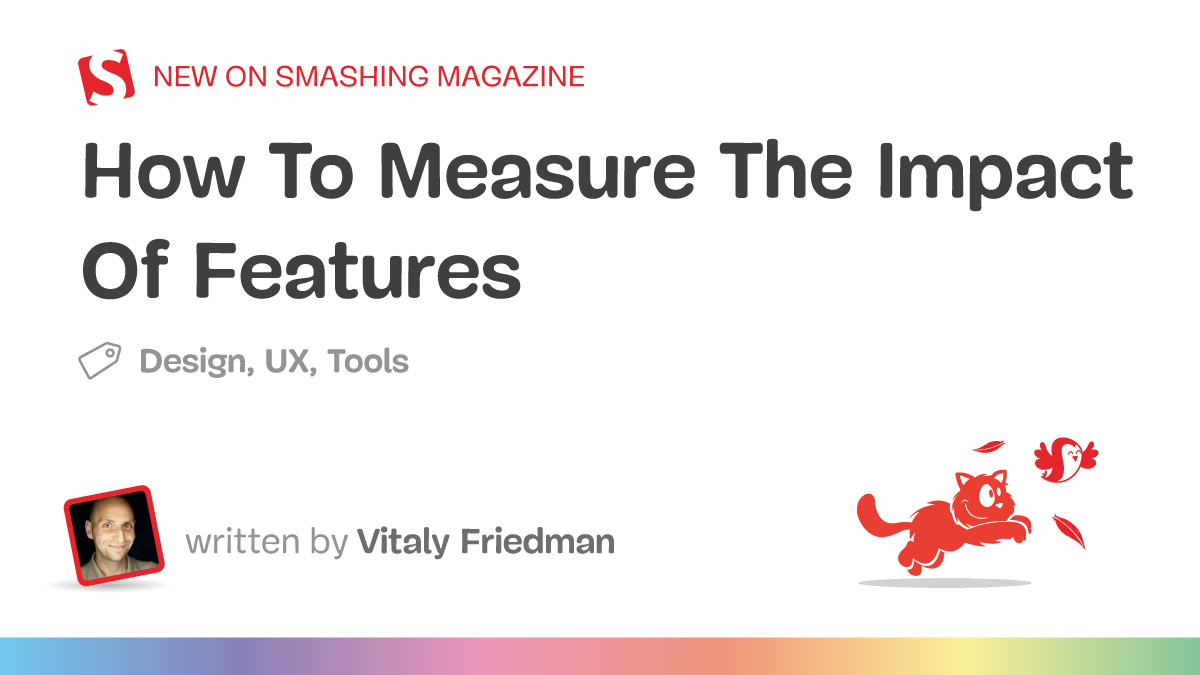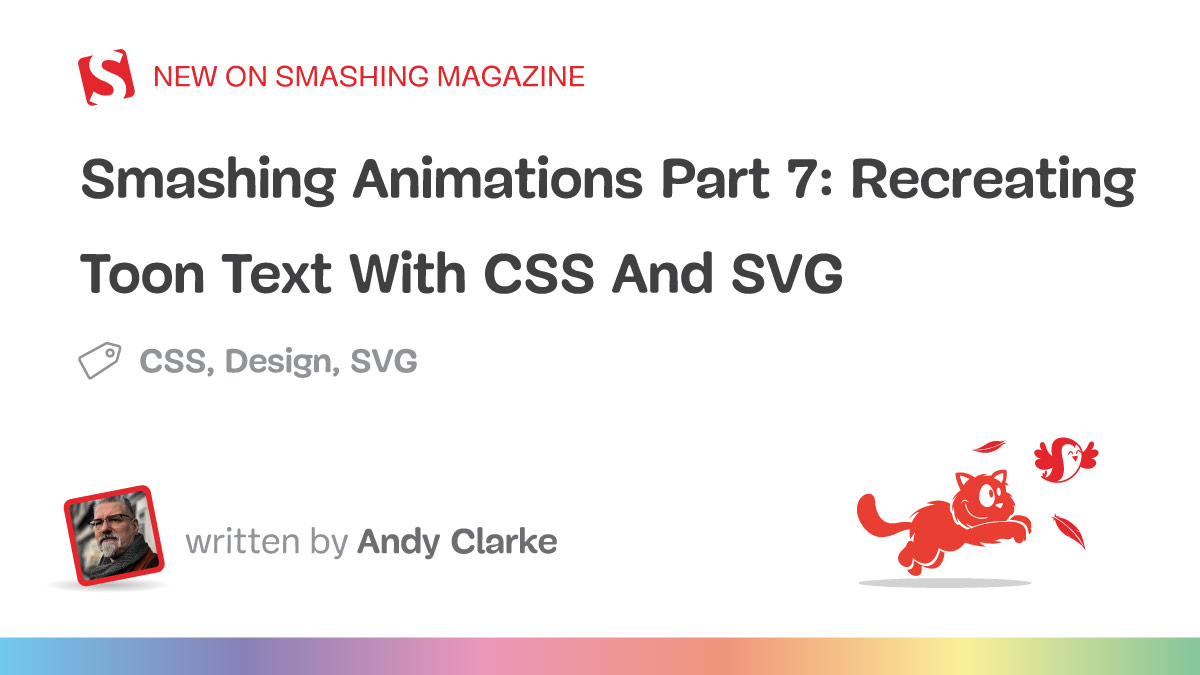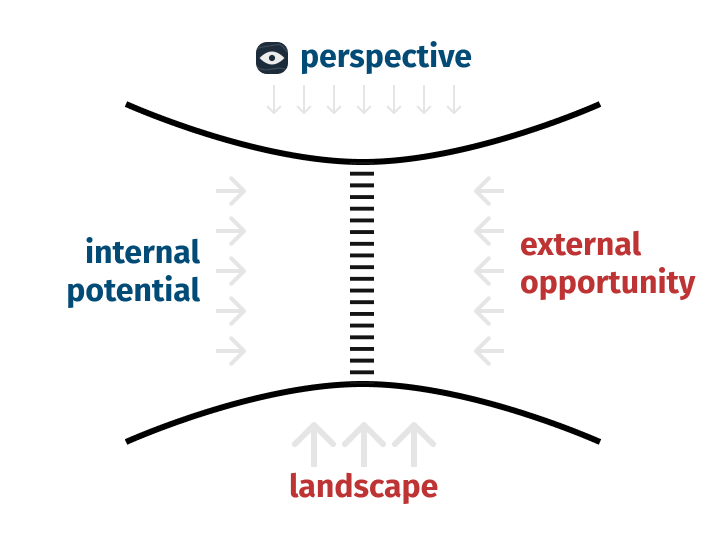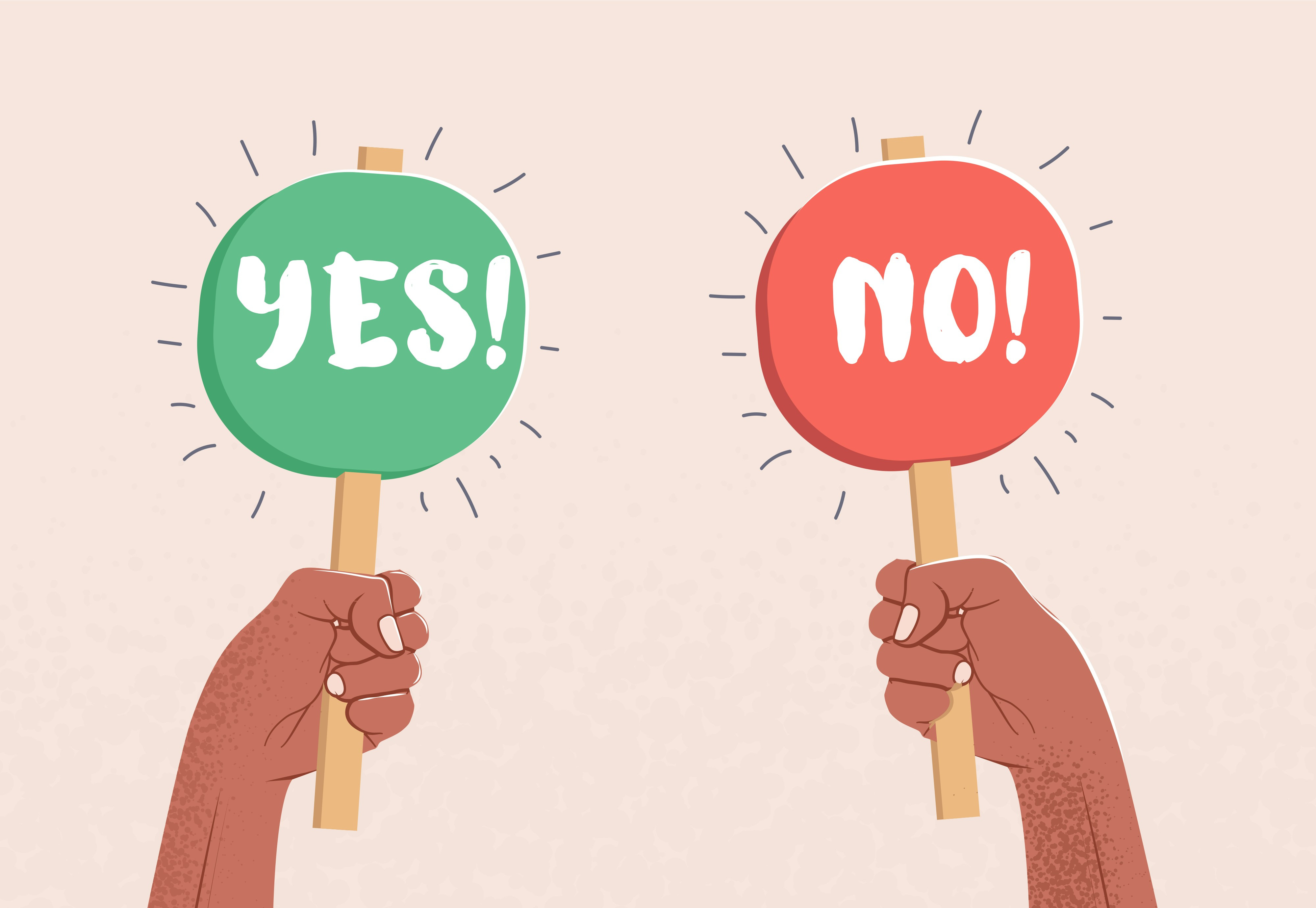The “normal” AI bubble
The banal truth behind the brewing financial crisis in technologyContinue reading on UX Collective »
The banal truth behind the brewing financial crisis in technologyContinue reading on UX Collective »
# TelUITelUI is a Electron-based UI framework that packages a handful of reusable front-end primitives—color utilities, typography helpers, and basic structural styles—so you can prototype simple desktop UI ideas with minimal setup.## Features - Bundled Electron runner (`npm start`) that serves `index.html` for instant desktop previews. - Tokenized styling layers: `color.css`, `font.css`, `header.css`, and `align.css` keep presentation rules isolated and easy to remix. - Micro-interaction helper
I’ve been working on a small tool aimed at reducing prompt friction in vibe-coding workflows.In practice, a lot of iteration comes from underspecified prompts: missing constraints, unclear scope, implicit assumptions, or mixed intent. This tool takes a rough, natural-language description of what you want to build and rewrites it into a more explicit, structured prompt with clearer requirements and context before it’s sent to the model.The focus is on:Making intent, constraints, and assumptions e
We’re building Tikpal, an AI voice productivity tool based on a simple principle: Human creativity should remain the core engine. AI should be an accelerator, not the protagonist.The goal is to reduce screen dependency and cognitive fragmentation, and let people work in a more natural “voice-first” flow. Instead of clicking through interfaces and context-switching between apps, you talk to Tikpal, and it helps you think, structure ideas, and execute tasks.Three layers we are focusing on:FOCUS —
# TelUITelUI is a Electron-based UI framework that packages a handful of reusable front-end primitives—color utilities, typography helpers, and basic structural styles—so you can prototype simple desktop UI ideas with minimal setup.## Features - Bundled Electron runner (`npm start`) that serves `index.html` for instant desktop previews. - Tokenized styling layers: `color.css`, `font.css`, `header.css`, and `align.css` keep presentation rules isolated and easy to remix. - Micro-interaction helper
Hi HN!We built Speaker Analyzer to solve a simple problem: after long video meetings, I wanted to know who actually spoke, for how long, and how the conversation was distributed. I found myself wondering "did I dominate the conversation?" or "who barely spoke up?" With remote teams using Teams, Zoom, and Google Meet, I can now export these transcript files and easily analyze participation patterns.What we built:A privacy-first tool that turns your meeting transcript files (*.
Hi HNI have been working on Skedular a platform that helps organizations councils co working spaces and local businesses manage bookings shared spaces and multi location operations in a simple modern wayWhat Skedular does - Manage rooms desks studios sports facilities meeting spaces and any kind of bookable asset - Handle multi location multi team scenarios - Provide public booking pages for venues - Offer a clean dashboard for operators to manage availability payments customers and sched
In a world overflowing with tools, apps, and AI-generated options, choice has quietly shifted from empowering to exhausting. Endless abundance doesn't set us free — it weighs us down. The future isn’t about offering more; it’s about curating with care, creating clarity, and helping people focus.
AI didn’t create the craft crisis in design — it exposed the technical literacy gap that’s been eroding strategic influence for over a decade.Dylan Field at Figma 2024 Config (Source: Figma blog)At Figma’s Config 2024, CEO Dylan Field stood before 10,000 designers and typed a simple prompt: “A personal portfolio website for a sustainable Middle Earth architect.” Seconds later, a complete UI layout materialized on screen. The crowd watched as Figma’s AI generated wireframes, layouts, and design s

So we design and ship a shiny new feature. How do we know if it’s working? How do we measure and track its impact? There is no shortage in UX metrics, but what if we wanted to establish a simple, repeatable, meaningful UX metric — specifically for our features? Well, let’s see how to do just that.I first heard about the TARS framework from Adrian H. Raudschl’s wonderful article on “How To Measure Impact of Features”. Here, Adrian highlighted how his team tracks and decides which features to focu
A UX framework for structuring library, conversation, and memory in LLM interfacesContinue reading on UX Collective »
Why growing your conceptual abilities via sketching and idea generation will help you compete with AI and against AI.Continue reading on UX Collective »
The best designers aren’t posting anymore — they’ve gone underground. No hashtags, no personal brands, just pure creativity, free from algorithms and clients chasing trends. The invisible designer movement is quietly redefining what it means to create on the internet — and it might just save design itself.
WCAG color contrast is more than just textMost designers know the basics of web accessibility and color contrast. We’ve memorized that “normal text” (24 CSS pixels and below) needs to meet a 4.5:1 contrast ratio with its background, and “large text” (greater than 24 CSS pixels) needs to meet a 3:1 ratio.But WCAG (Web Content Accessibility Guidelines) color contrast requirements don’t stop at text. There are lesser known WCAG success criteria (or “rules”) that are still very important for inclusi

After finishing a project that required me to learn everything I could about CSS and SVG animations, I started writing this series about Smashing Animations and “How Classic Cartoons Inspire Modern CSS.” To round off this year, I want to show you how to use modern CSS to create that element that makes Toon Titles so impactful: their typography.Title Artwork DesignIn the silent era of the 1920s and early ’30s, the typography of a film’s title card created a mood, set the scene, and reminded an au
Why moments like Spotify Wrapped get shared everywhere, and how products like Figma and Duolingo design small delightsContinue reading on UX Collective »
Get new users doing instead of learningContinue reading on UX Collective »

If you've been following Loops and Cycles already, our theme is familiar: it's hard for people to work together and build good things. When we build products and services that run on software — when their reality occurs in places and on devices outside of our control — it's especially hard: what we shape and its use in practice are not easily observed or adapted.Sometime around 2014, I believed that depicting experience was the answer. We worked with stories or seque
Information is cheap, but attention is expensive: why design presentations failContinue reading on UX Collective »

Hi, I’m Nikki. I run Drop In Research, where I help teams stop launching “meh” and start shipping what customers really need. I write about the conversations that change a roadmap, the questions that shake loose real insight, and the moves that get leadership leaning in. Bring me to your team.Paid subscribers get the power tools: the UXR Tools Bundle wi… Read more